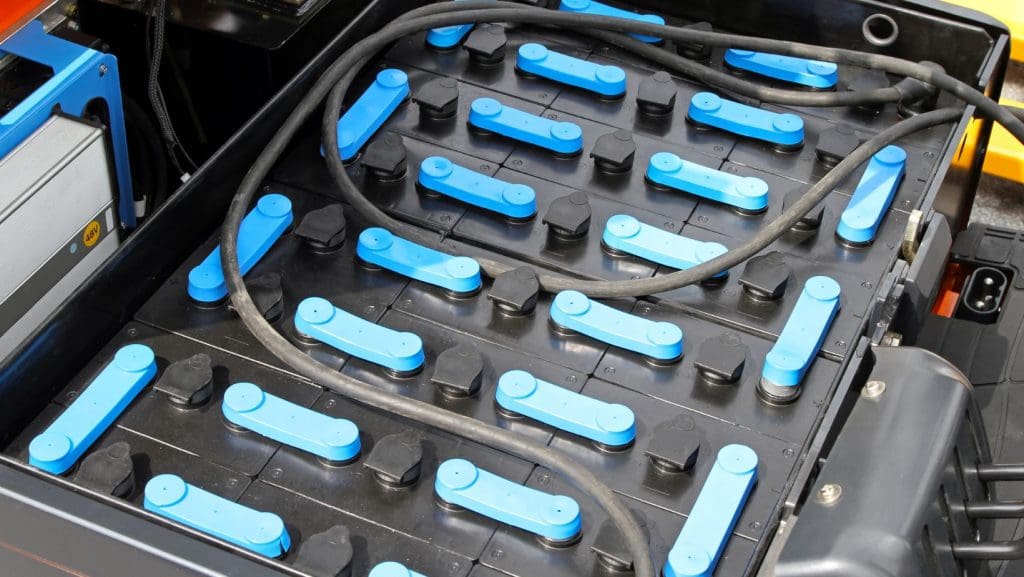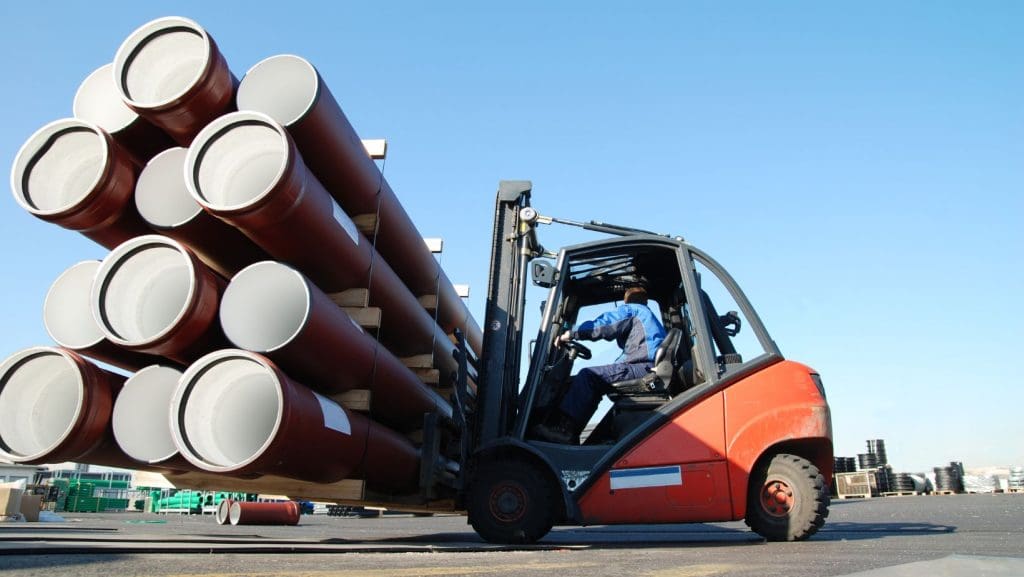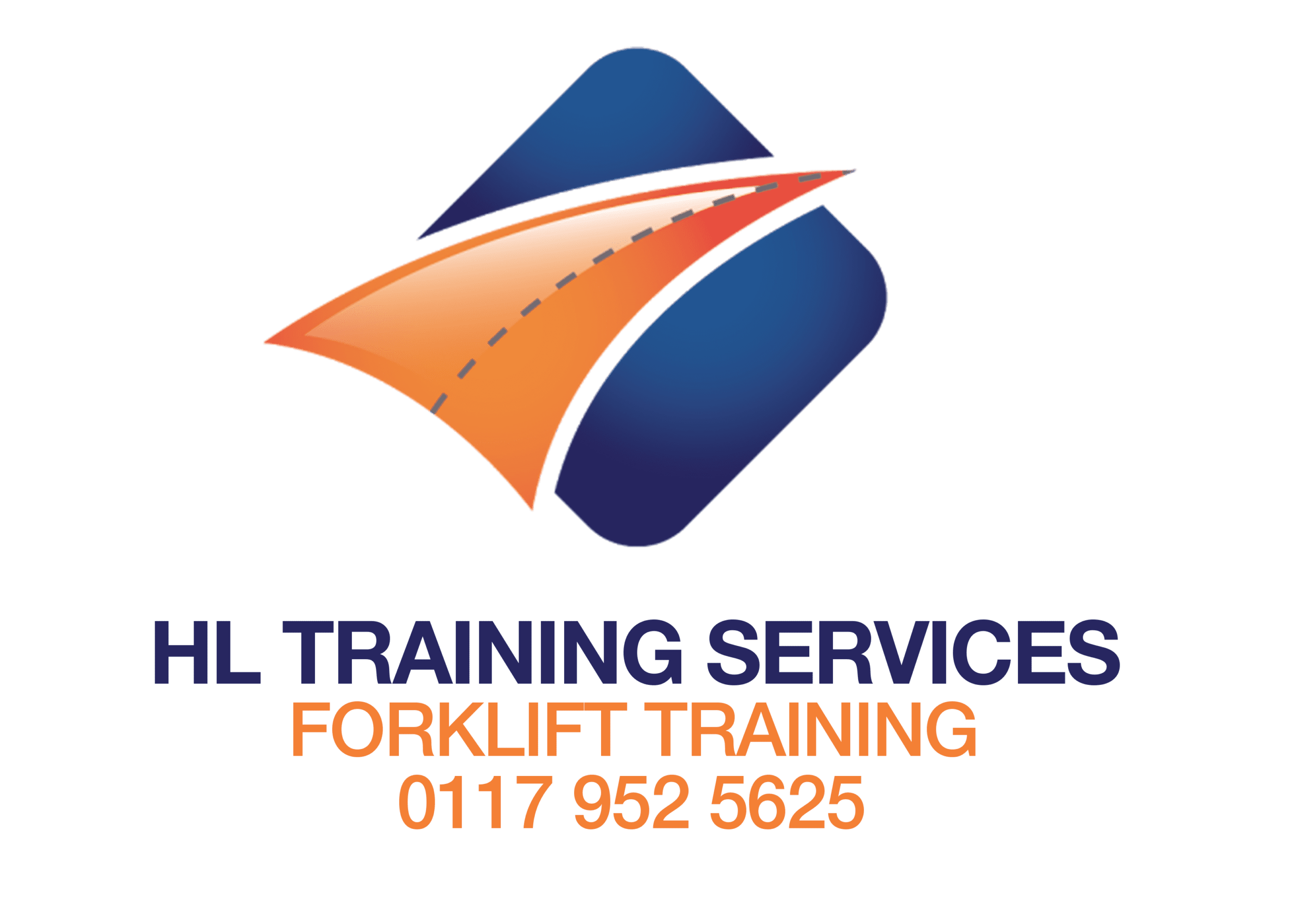
Forklifts are the workhorses of warehouses and many other industrial and commercial settings. And batteries are the life force behind forklifts. Therefore, forklift batteries are a fundamental aspect of your operations. Ensuring your batteries work effectively is crucial to optimal performance. Here’s how to maximise your battery’s performance and longevity.
Types of Forklift Batteries
Forklift batteries come in various types, each with its characteristics and benefits. Understanding these distinctions is crucial to choosing the right power source for your needs.
Lead-Acid Batteries
Lead-acid batteries have been the traditional workhorses of the forklift industry. These robust batteries are known for their reliability and are well-suited for various applications. However, they require diligent maintenance and have limitations regarding charging speed and overall lifespan.
Lithium-Ion Batteries
Lithium-ion batteries represent a modern and increasingly popular alternative. They offer faster charging, longer cycle life, and reduced maintenance needs. Lithium-ion batteries are ideal for operations that require high productivity and minimal downtime.
Fuel Cell Batteries
Fuel cell technology is gaining traction as a green and sustainable forklift power source. These batteries use hydrogen to generate electricity, emitting only water vapour as a byproduct.
Charging an Electric Forklift: A Step-by-Step Guide
Charging an electric forklift battery is relatively straightforward, but following the correct procedures is essential to safety, battery health, and performance.
Step 1: Prioritise Safety
Equip yourself with personal protective gear, including safety glasses and gloves.
Step 2: Battery Inspection
Inspect the battery for any visible damage, leaks, or other issues. If any problems are detected, address them before proceeding with charging.
Step 3: Disconnect the battery
Before charging, ensure that the forklift is powered off, and safely disconnect the battery from the forklift.
Step 4: Charger Connection
Ensure mains power is switched off, then plug the charger into an appropriate power source and attach it to the charger.
Step 5: Commence Charging
Start the charging process. Most modern chargers come with indicator lights or displays to track the progress.
Step 6: Close Monitoring
Regularly check charging batteries. Immediately stop charging if you notice any unusual heat, smoke, or leaks. These could indicate more significant issues that require professional attention.
Step 7: Disconnect Charger
The charger should automatically transition to maintenance charge mode when the battery is fully charged. If not, stop the charger and then disconnect it to prevent overcharging. ALWAYS stop the charger and isolate the power source before disconnecting the battery.
Best Practices for Forklift Battery Maintenance
The different kinds of forklift batteries have different maintenance requirements. Whether you have lead-acid or lithium-ion, knowing how to look after them is essential to keep your forklifts running smoothly. Here are some helpful best practices to keep in mind to get the most from your forklift batteries and maximise their longevity.
Watering and Electrolyte Levels
Maintaining the proper water levels and ensuring the correct electrolyte levels in lead-acid batteries are critical. Here’s how to do it effectively:
- Scheduled Watering: Follow a regular watering schedule per the manufacturer’s recommendations.
- Use Distilled, Deionised or Demineralised Water: Always use distilled water when topping off battery cells to prevent impurities.
- Correct Levels: Maintain water levels to cover the battery plates without overfilling.
Cleaning and Inspection
- Exterior Cleanliness: Keep the battery and its surroundings clean to prevent dirt and debris from affecting connections and ventilation.
- Internal Examination: Routinely inspect the battery for corrosion, leaks, or damage. Address any issues promptly.
Preventing Overcharging and Undercharging
- Equalisation Charges: Implement equalisation charges as the manufacturer recommends to maintain consistent cell voltage.
- Avoid Overcharging: Prevent overcharging, which can harm the battery and shorten its lifespan.
- Prevent Undercharging: Avoid undercharging to prevent sulfation, which reduces battery capacity.
These practices will help ensure your forklift batteries’ longevity and optimal performance.
Forklift Training
Forklifts are powerful tools that help support a variety of operations across a broad range of industries. However, they must be used with care. Proper forklift training is essential to not only effective operation but also safety. Understanding forklift batteries and how to safely and effectively use and charge them is key to workplace safety, maximising effectiveness and avoiding unnecessary expenses (such as needing to replace batteries more frequently).
To learn more about forklift operator training, speak to our team of experienced forklift training instructors.
Forklift Battery FAQs
How long does it take to charge a forklift battery?
Charging time varies based on battery type, capacity, and the state of charge. Typically, charging a forklift battery takes 8-10 hours.
When should your forklift battery be recharged?
Recharge your forklift battery when it reaches 20-30% capacity to prevent deep discharges, which can harm the battery.
Can you charge a forklift overnight?
Yes, many forklift batteries can be charged overnight. Modern chargers often have features to prevent overcharging, but proper monitoring is essential.
How many hours does a forklift battery charge last?
A battery charge will typically offer a full shift (8 hours) of use before reaching the recommended charging point of 20-30% charge. It is recommended to follow the 8-8-8 rule: 8 hours of operation, 8 hours of cooling, and 8 hours of charging.
How long do forklift batteries last?
Forklift battery lifespan depends on usage and maintenance. Typically, they last 1,500 to 2,000 charge cycles or around 5-7 years with proper care and maintenance.
Learn more about forklift safety
For more great advice on how to get the most from your forklifts, check out our blog. Here are some helpful guides you may be interested in:






